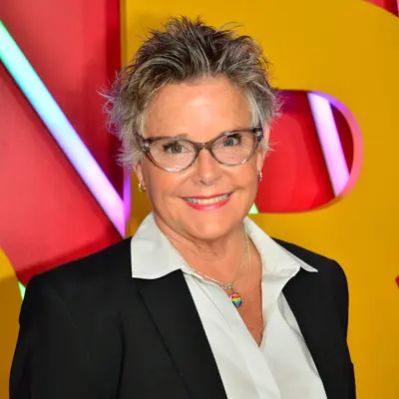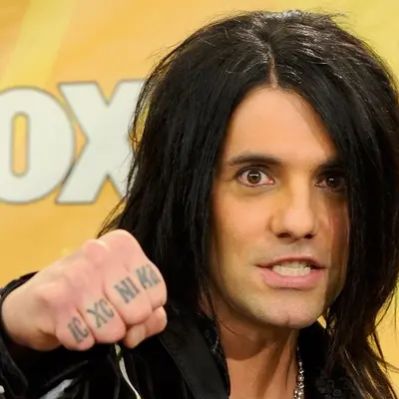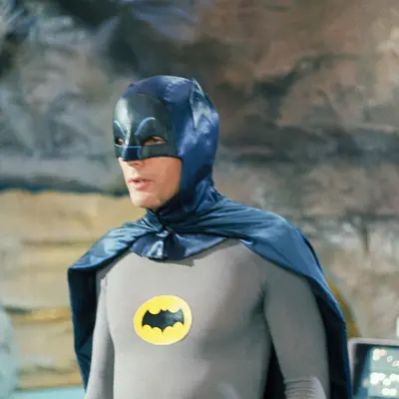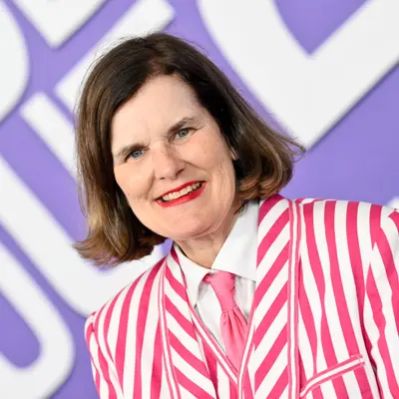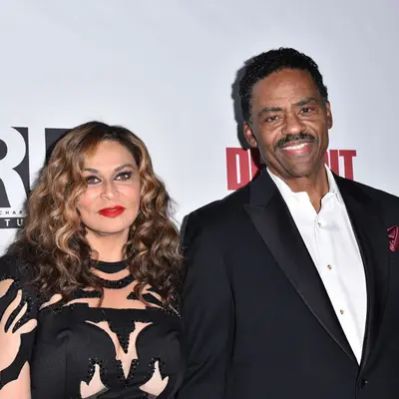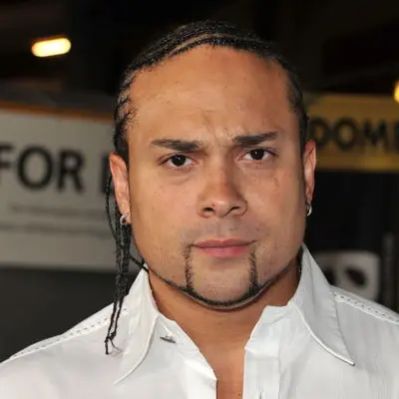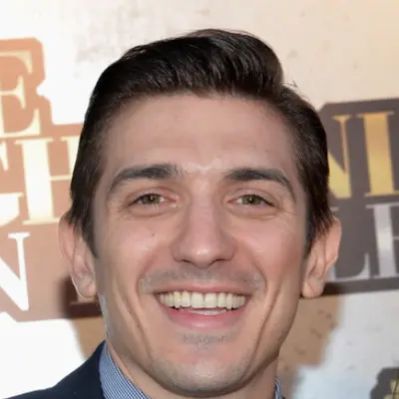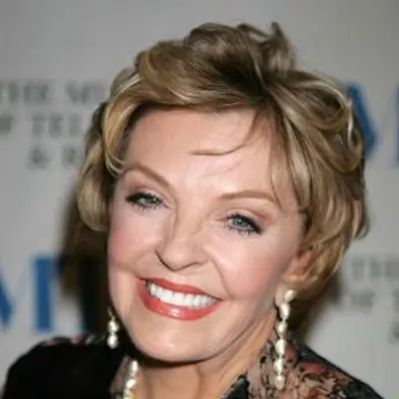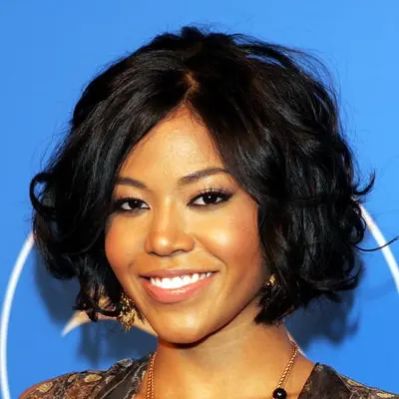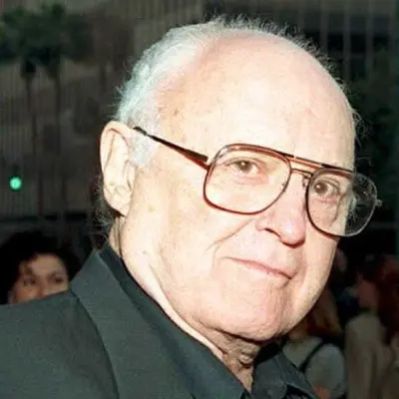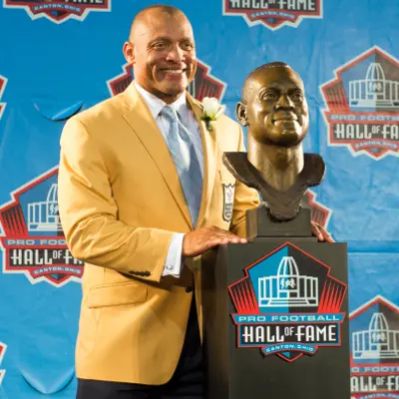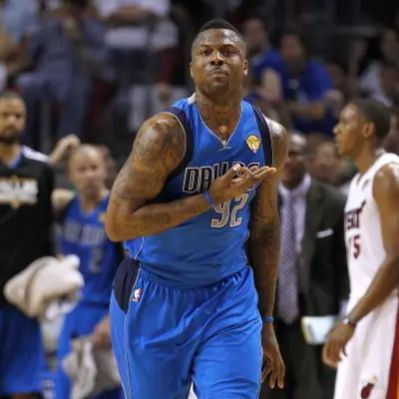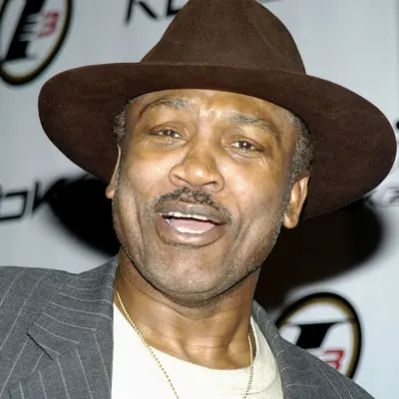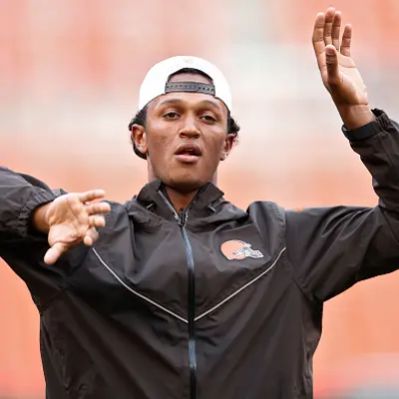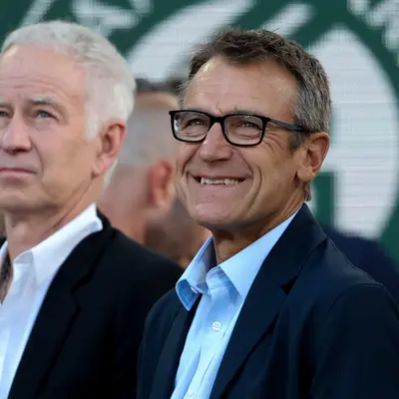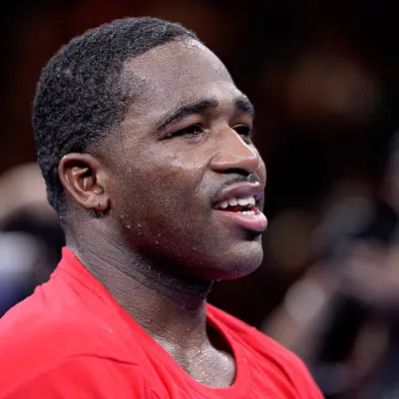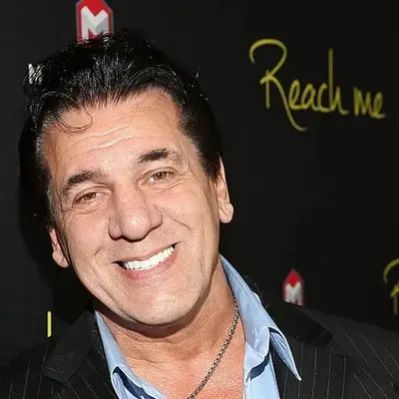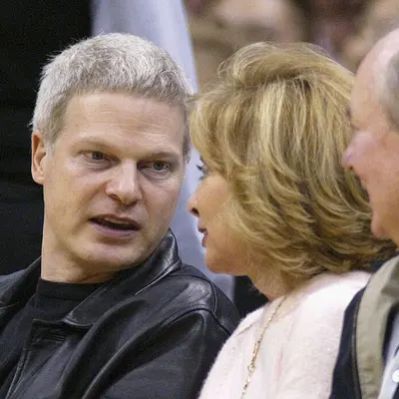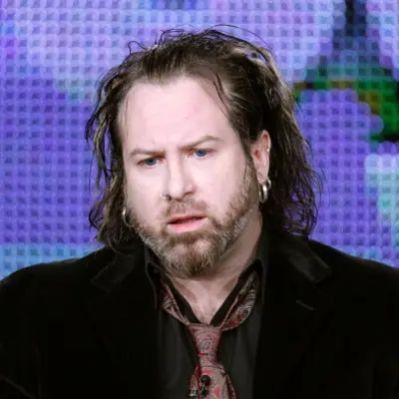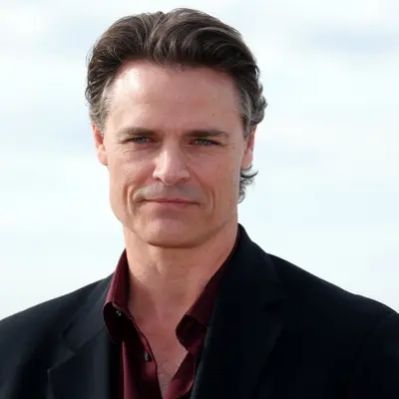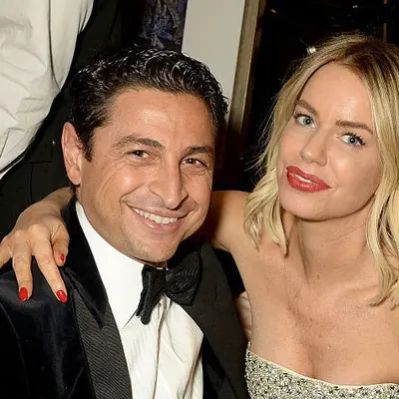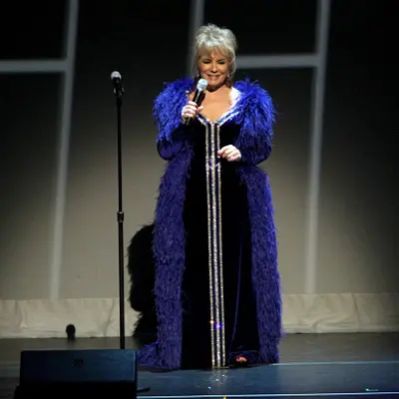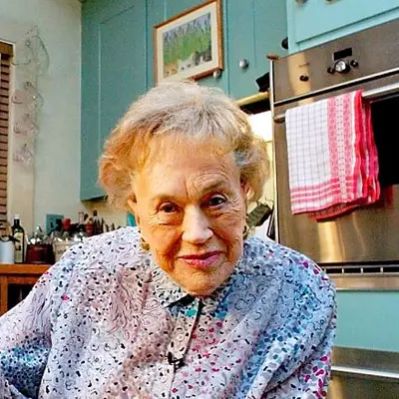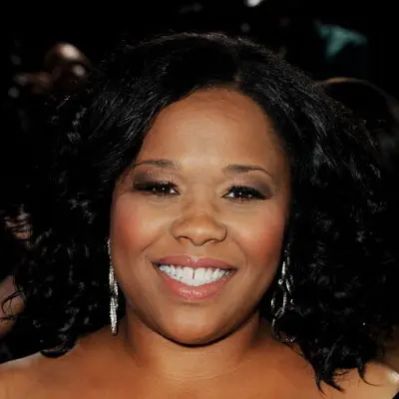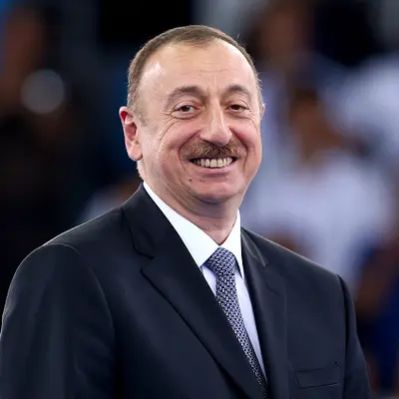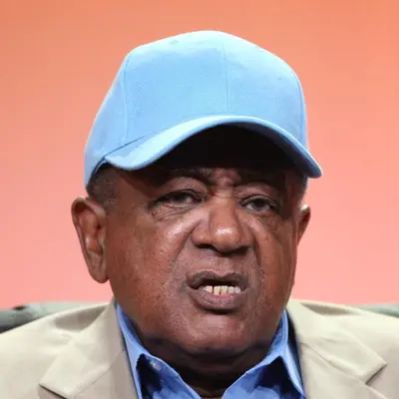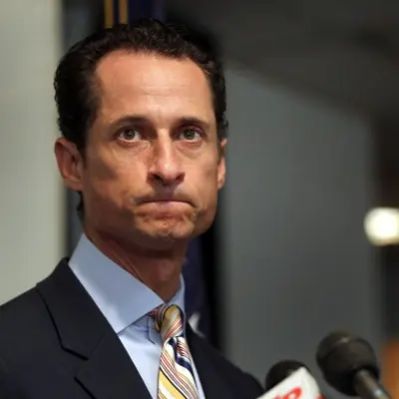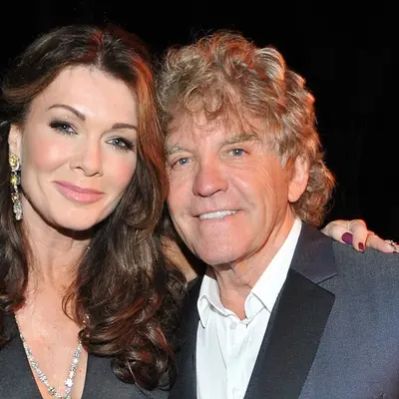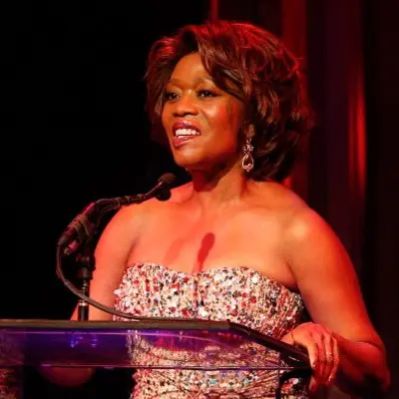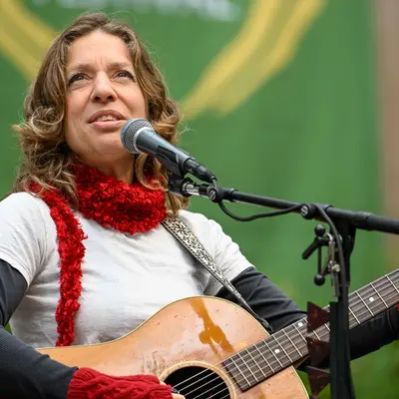What Is Howard Hesseman’s Net Worth?
Howard Hesseman, the American actor best known for his role as DJ John ‘Dr. Johnny Fever’ Caravella on the sitcom “WKRP in Cincinnati,” had a net worth of $5 million at the time of his death. This figure primarily reflects his earnings from a long and varied career in television and film. Hesseman’s work spanned several decades, from his early roles in the late 1960s to his later appearances in the 2010s.
Early Career and Rise to Fame
Howard Hesseman was born on February 27, 1940, in Lebanon, Ohio. His early life included a stint at the University of Oregon in Eugene after graduating from Silverton High School in 1958. In 1965, he joined The Committee, an improvisational comedy troupe based in San Francisco, California. This marked a crucial step in his career. Before landing major TV roles, Hesseman performed under the stage name “Don Sturdy” and worked as an underground radio DJ on KMPX in San Francisco. These early experiences laid the foundation for his later success as Dr. Johnny Fever.
Hesseman made his film debut in 1968, playing a hippie in the Julie Christie drama “Petulia.” While this was a small role, it opened doors for future opportunities. His early film work included an uncredited role in the 1969 comedy “Some Kind of a Nut.” During the 1970s, he appeared in 19 films, including “Shampoo” (1975) and “Silent Movie” (1976), further establishing his presence in Hollywood. These roles, while not always leading, contributed to his overall income and net worth.
Television Stardom and Key Roles
Hesseman’s breakthrough role came in 1978 with “WKRP in Cincinnati.” Playing Dr. Johnny Fever, he quickly became a fan favorite. The show aired until 1982, and Hesseman’s performance earned him Primetime Emmy Award nominations for Outstanding Supporting Actor in a Comedy Series in both 1980 and 1981. Although he didn’t win, these nominations significantly boosted his profile and earning potential. While specific salary figures from “WKRP in Cincinnati” are not publicly available, it can be assumed that Hesseman earned a substantial income during the show’s four-year run. The show’s success also led to increased demand for his services in other television and film projects.
Following “WKRP in Cincinnati,” Hesseman continued to work steadily in television. He appeared in 16 episodes of “One Day at a Time” and starred as Charlie Moore in “Head of the Class.” “Head of the Class” aired from 1986 to 1991, providing Hesseman with a stable income for five seasons. This role, as a history and social studies teacher, showcased his versatility as an actor and further solidified his reputation in the industry. While precise salary figures for “Head of the Class” are not publicly known, starring in a successful sitcom for several years would have contributed significantly to his net worth.
In 1991, Hesseman reprised his role as Johnny Fever in “The New WKRP in Cincinnati.” Although this sequel series was not as successful as the original, it provided Hesseman with additional income and kept him in the public eye. Throughout the 1990s and 2000s, he made guest appearances on numerous television shows, including “Burke’s Law,” “The Practice,” “The Pretender,” “Touched by an Angel,” “That ’70s Show,” “ER,” and “Fresh Off the Boat.” Each of these guest appearances would have contributed to his overall earnings.
Hesseman also hosted “Saturday Night Live” three times: in 1979, 1982, and 1983. Hosting SNL is a prestigious gig that often comes with a significant paycheck, further adding to his financial success. The exposure from hosting SNL also likely led to additional opportunities in television and film.
Film Career and Diverse Roles
Beyond television, Howard Hesseman maintained a steady film career. In the 1980s, he appeared in a dozen films, including “Private Lessons” (1981), “Spinal Tap” (1984), “Police Academy 2: Their First Assignment” (1985), and “Flight of the Navigator” (1986). His role as Terry Ladd in “Spinal Tap,” a mockumentary about a fictional rock band, is particularly memorable. In “Police Academy 2,” he played Captain Pete Lassard. And in “Flight of the Navigator,” he played Dr. Louis Faraday. These roles, though varied, helped to diversify his income streams.
During the 1990s, Hesseman appeared in eight films, including “Amazon Women on the Moon” (1987) and “The Sky is Falling” (1999). In 2002, he played Larry Hertzel in “About Schmidt,” starring Jack Nicholson. In 2007, he played Dr. Berg in “Martian Child.” Later in his career, Hesseman appeared in “Halloween” (2009), “Wild Oats” (2016), and “Dirty Politics” (2018). While the financial details of these film roles are not publicly available, it is clear that Hesseman consistently worked in both mainstream and independent productions, contributing to his overall net worth.
Real Estate and Personal Life
Howard Hesseman owned a home in the “Outposts Estates” neighborhood of Los Angeles for 25 years. In 2006, he sold the home for $3.525 million. This real estate transaction represents a significant portion of his net worth. The profit from the sale of this property would have added substantially to his financial assets.
Hesseman’s personal life included three marriages. He married Karen Saintsure in 1960, but they divorced the following year. In 1965, he married Catherine Mаison, and they divorced in 1974. In 1989, he married Caroline Ducrocq, and they remained married until his death in 2022. Hesseman also had three godchildren: Grace, Hamish, and Chet. While these details do not directly impact his net worth, they provide context to his life and legacy.
In a 1983 interview with People Magazine, Howard Hesseman admitted to spending 90 days in the San Francisco County Jail in 1963 for selling an ounce of marijuana to a federal agent. The conviction was later overturned. He described the event by admitting he performed “pharmaceutical experiments in recreational chemistry.” While this event did not directly impact his net worth, it provides insight into his personal history.
Additional Ventures and Earnings
While specific details are scarce, it’s likely that Howard Hesseman had additional sources of income beyond his acting roles. These could have included residuals from his television and film work, royalties from any published works, and potential investments in the stock market or other ventures. Residual payments, in particular, can provide a steady stream of income for actors, especially those who have starred in successful television series like “WKRP in Cincinnati” and “Head of the Class.” Without access to his financial records, it’s impossible to provide a detailed breakdown of these additional income sources, but they likely contributed to his overall net worth.
In addition to acting, Hesseman also engaged in theater work. In 1995, he played the Marquis De Sade in the play “Quills” at the Geffen Playhouse in Westwood, California. He also starred in Neil Simon’s “Laughter on the 23rd Floor” at the Merriam Theatre in Philadelphia, Pennsylvania. In 2010, he starred in “The Sunshine Boys” at the New Theatre Restaurant in Overland Park, Kansas. While theater work may not have been as lucrative as his television and film roles, it provided additional income and allowed him to showcase his talents on stage.
Death and Legacy
Howard Hesseman passed away on January 29, 2022, at Cedars-Sinai Medical Center in Los Angeles, California. His death was due to complications from colorectal surgery he had received the previous summer in response to colon cancer. At the time of his death, his net worth was estimated to be $5 million. His cremated remains are in the possession of his wife. Hesseman’s legacy lives on through his extensive body of work in television and film, and he is remembered fondly by fans for his iconic role as Dr. Johnny Fever.
 Net Worth Ranker
Net Worth Ranker

